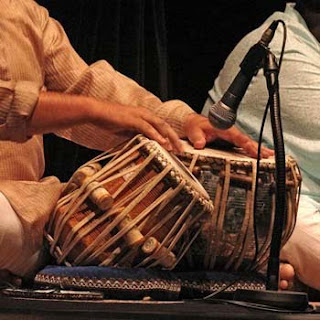Wednesday, December 9, 2009
Music… The Indian Way
The rhythm of the tabla, the lilting notes from the flute – Indian classical music is a priceless legacy. Passed on to our forefathers from their forefathers, the Indian musical infrastructure is so intricately embellished in our psyche, that the faintest of beats sends our feet tapping to the classical tunes.
The students of SeamEdu are in the midst of a workshop on Indian classical music and our native techniques of producing sound. Every alternate Saturday, vocalist Prof. Anjali Malkar will be addressing the enthusiastic students of Sound Engineering at SeamEdu, sharing her wealth of musical knowledge with eager young minds.
In her first session addressing the FAQs on how sound is produced and the significance of sound in our science and scriptures, she emphasized that Indian music is a perfect blend of technique and emotion. “Music”, she said, “is ineffectual without emotion. It is the language of the heart”.
According to her, Indian music is based on the Shruti or microtone pattern, rather than the swaras. While opening her discussion, she began with a bhajan accompanied by an electronic tanpura, and invited feedback on the effect that the sound so produced had on the listening students. She concluded, the aim of Indian music is to achieve Salvation, to attain moksha.
In her session, she addressed the strong points of distinction between Indian music and its western counterparts, while also going over the aesthetic approach to sound boldly visible in the Indian musical set up.
The students of SeamEdu eagerly await her ensuing sessions, where Prof. Malkar proposes to address issues like timbre, pitch, volume and consonants in Indian music, and how each one of these factors can be aptly employed to create a perfect ensemble of Sound…
Subscribe to:
Post Comments (Atom)






No comments:
Post a Comment